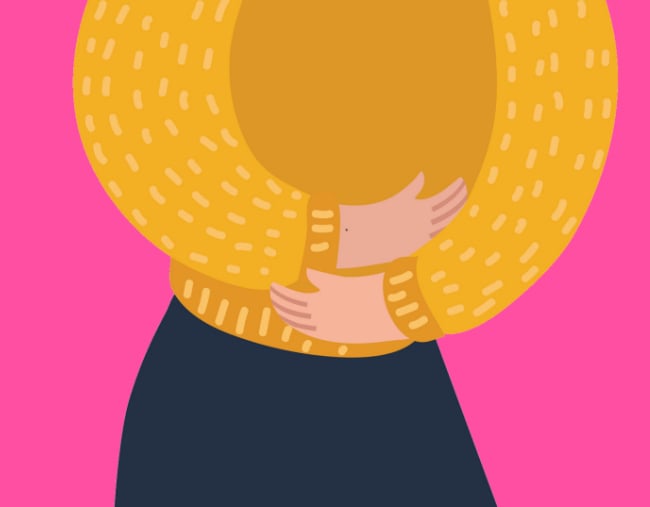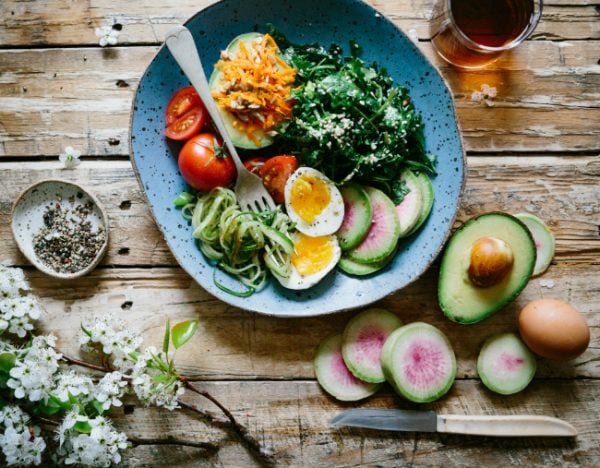
One in 10 Aussie women are living with Endometriosis right now.
She could be your boss or your work wife. Your mother, sister or daughter. She might be you.
The disease, which involves tissue similar to tissues found in the uterine lining growing in places it shouldn’t, feels different for every woman.
You might experience heavy and irregular bleeding or periods that never go away. You could feel pain in your pelvis and lower back, during sex, after sex, going to the bathroom, during your period. Or pain all the time, so excruciating you can’t move. You might feel tired or bloated, or be struggling to conceive. Or, you mightn’t have any symptoms at all.
But the one thing connecting every woman living with endo is we haven’t found a cure for you, yet. All you can do is manage the disease and get on with living your life the best you can.
Here’s a quick snapshot of what endo looks like. Post continues after video.
Having worked as a Dietitian with endometriosis clients for many years, I’ve personally seen the improvements nutrition has made to their lives.
The role of nutrition in endometriosis is a relatively new concept, but when we consider that the way we eat has a broad influence on all functions of the human body it is easy to see how nutrition may help alleviate symptoms in those who suffer endometriosis.






























































































